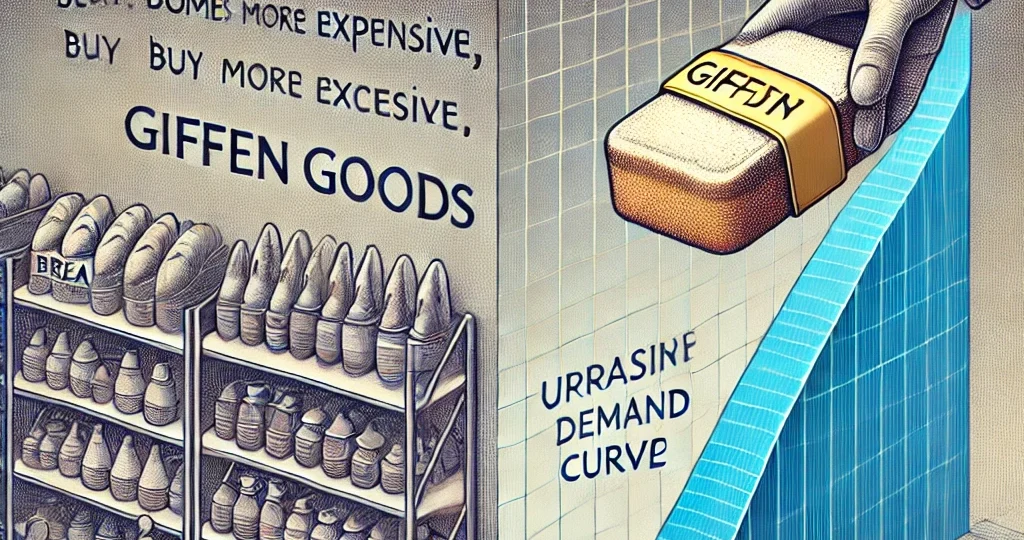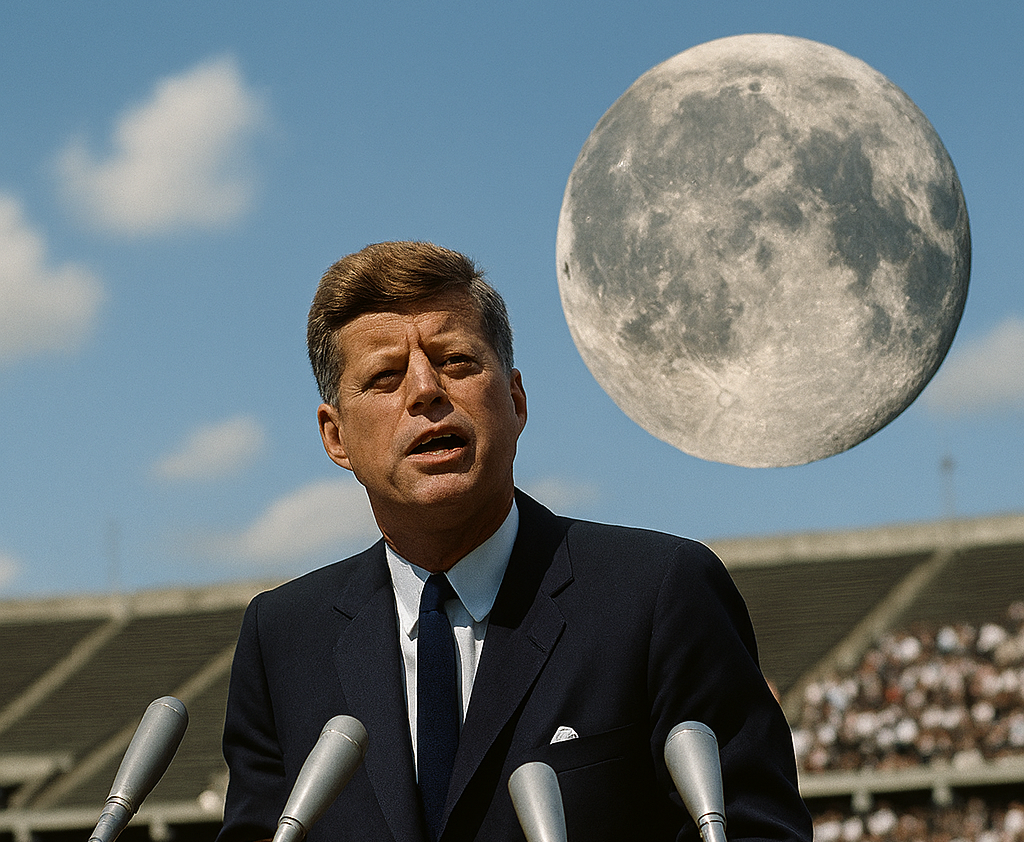
Imagine a world where the basic rules of supply and demand don’t seem to apply. Normally, when the price of something goes up, people buy less of it, right?. Well, I’m here to tell you about a rare case called a Giffen Good. Giffen Goods are items that people buy more as its price increases. It may sound counterintuitive, but this strange behavior has been observed in real-world situations, particularly with staple foods among low-income consumers.
The concept of Giffen goods was named after Scottish economist Sir Robert Giffen. He theorized that in times of extreme poverty, people might consume more of a necessity when its price rises. Why? Because when the price of a staple food (bread, rice, milk, etc) goes up, people can no longer afford more expensive alternatives (such as meat or vegetables). Yes, I looked it up. Vegetables are considered expensive alternatives and not staple foods. Don’t ask me why though: I have no clue. Anyway, instead of reducing consumption, people spend even more on the staple to compensate, effectively buying more despite the higher price. This paradoxical effect was first discussed in the context of 19th-century Britain, where rising bread prices led to an increase in bread consumption among the poor.
Giffen goods are incredibly rare, as they require very specific conditions to exist. The good must be a necessity with no close substitutes, and it must take up a significant portion of a consumer’s budget. The classic example is rice in impoverished areas of China or wheat during historical famines. When these staple goods become more expensive, people have no choice but to allocate more of their limited income to them, leading to an increase in demand. However, once a society moves beyond extreme poverty, this effect disappears as people can afford to switch to better alternatives.
To restate, Giffen goods are more of an academic curiosity than an everyday occurrence. They are incredibly rare and provide a fascinating look at how economic behavior isn’t always as predictable as it seems. They serve as a reminder that human decisions are shaped not just by price changes but by deeper economic constraints and social realities.
RELATED POSTS
View all


